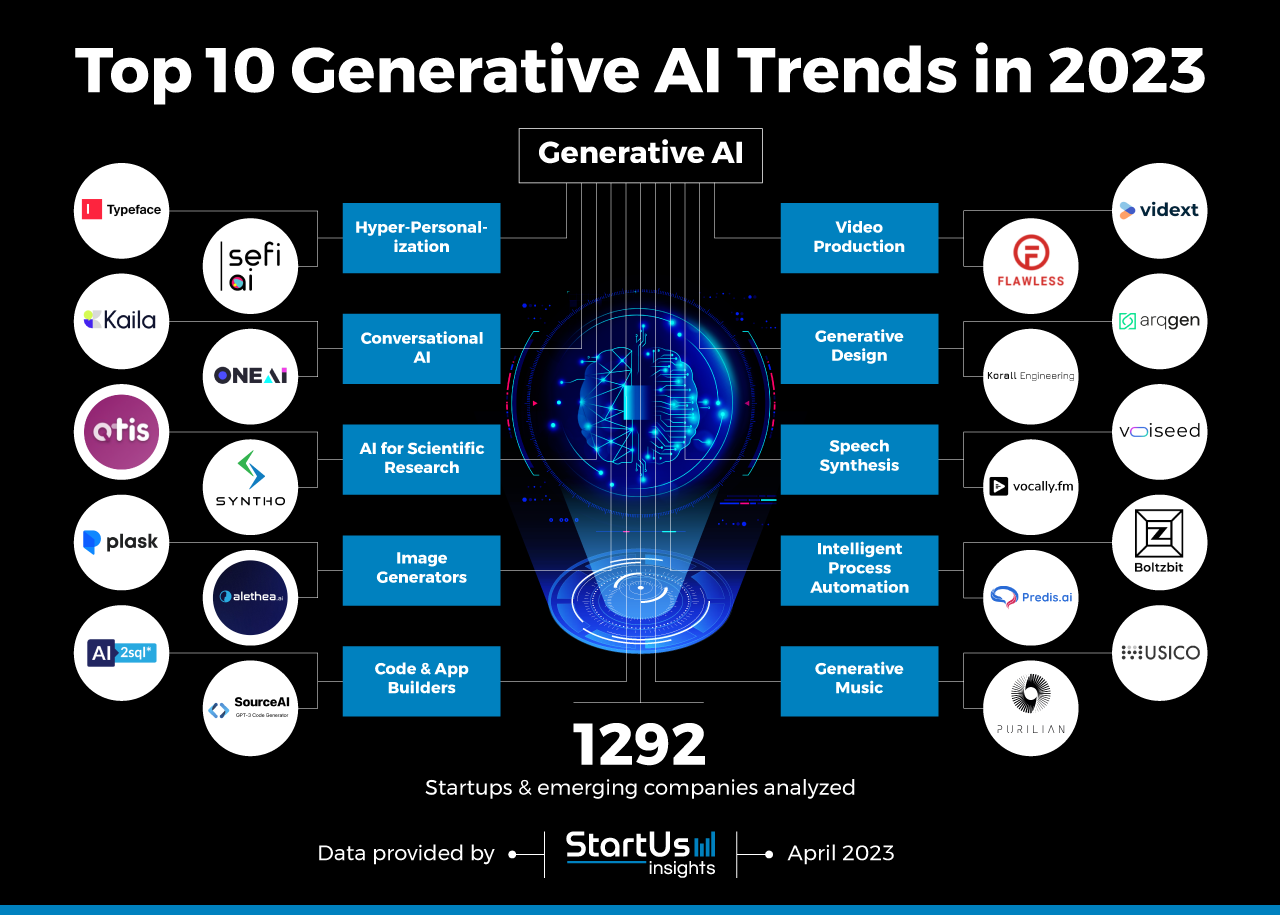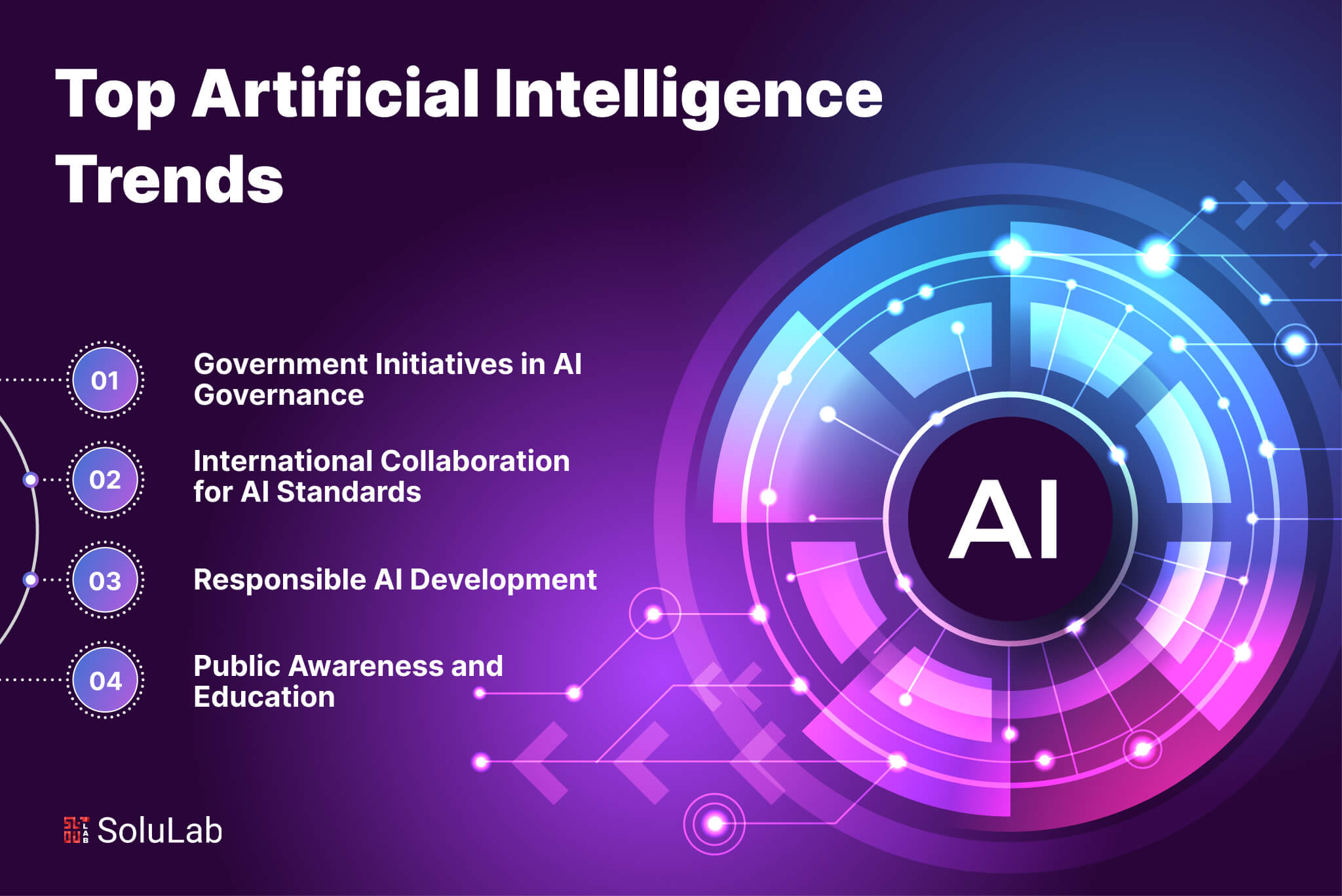 The State of AI in 2025: A World Transformed, Still Under Development
The State of AI in 2025: A World Transformed, Still Under Development
The year is 2025. Artificial intelligence is no longer a futuristic fantasy; it’s a pervasive force shaping nearly every facet of our lives. From personalized healthcare and autonomous transportation to hyper-realistic entertainment and increasingly sophisticated cybersecurity, AI’s influence is undeniable. However, the narrative isn’t one of utopian perfection. Instead, 2025 presents a complex picture of remarkable progress intertwined with ongoing challenges, ethical dilemmas, and the persistent reality that AI, despite its advancements, remains a tool requiring careful stewardship.
I. Breakthroughs and Advancements Driving the AI Revolution
Several key advancements have fueled the AI explosion we see in 2025:
- Neuromorphic Computing Gains Traction: While still not mainstream, neuromorphic computing, which mimics the human brain’s structure and function, has moved beyond the experimental phase. Specialized chips designed for AI tasks are significantly more energy-efficient than traditional processors, enabling more complex AI models to run on edge devices (smartphones, wearables, IoT sensors) and in data centers with reduced energy consumption. This has led to breakthroughs in real-time AI processing for applications like autonomous drones, advanced robotics, and personalized medical diagnostics. Early adopters include companies focusing on robotics, defense, and advanced manufacturing.
- Quantum-Inspired AI Emerges: True quantum computers are still largely in development, but quantum-inspired algorithms are making a significant impact. These algorithms, designed to mimic the principles of quantum mechanics, are being used to accelerate machine learning processes, particularly in areas like drug discovery, materials science, and financial modeling. Quantum-inspired AI is allowing researchers to tackle problems that were previously computationally infeasible, leading to faster innovation cycles.
- Generative AI Redefines Creativity and Productivity: Generative AI models, capable of creating original content from text, images, audio, and video, have become incredibly sophisticated. We’re seeing AI-generated art that rivals human artists, AI-composed music that is both original and emotionally resonant, and AI-designed products that are optimized for performance and aesthetics. These tools are not replacing human creatives, but rather augmenting their abilities, allowing them to explore new ideas, iterate faster, and personalize content at scale. The rise of “AI-assisted” creative roles is a significant trend. However, concerns around copyright, intellectual property, and the potential for misuse (deepfakes, misinformation) remain a major focus of regulatory efforts.
- Explainable AI (XAI) Becomes a Necessity: As AI systems are deployed in increasingly critical applications (healthcare, finance, law enforcement), the need for transparency and explainability has become paramount. XAI techniques, which allow humans to understand how AI models arrive at their decisions, are now a standard requirement in many industries. This has led to the development of new tools and methodologies that make AI models more interpretable, allowing users to identify biases, detect errors, and build trust in AI-driven systems. Regulatory bodies are actively pushing for XAI standards to ensure accountability and fairness.
- Federated Learning Enables Collaborative AI: Federated learning, which allows AI models to be trained on decentralized data without sharing the raw data itself, has become a key enabler of privacy-preserving AI. This is particularly important in industries like healthcare and finance, where data privacy is paramount. Federated learning is allowing organizations to collaborate on AI projects without compromising the privacy of their users, leading to more robust and generalizable AI models. It’s also fostering innovation in areas like personalized medicine and fraud detection.
II. AI in Action: Transforming Key Industries
The advancements in AI are having a profound impact on various sectors:
- Healthcare: AI-powered diagnostic tools are providing faster and more accurate diagnoses, leading to earlier and more effective treatments. Personalized medicine, tailored to an individual’s genetic makeup and lifestyle, is becoming a reality thanks to AI’s ability to analyze vast amounts of patient data. AI-driven robotic surgery is improving precision and minimizing invasiveness. AI-powered virtual assistants are providing patients with 24/7 access to healthcare information and support. However, the ethical implications of AI in healthcare, particularly around data privacy and algorithmic bias, are under intense scrutiny.
- Transportation: Autonomous vehicles are becoming increasingly common, particularly in ride-sharing services and logistics operations. AI-powered traffic management systems are optimizing traffic flow and reducing congestion in major cities. Drones are being used for package delivery, infrastructure inspection, and agricultural monitoring. While fully autonomous driving in all conditions remains a challenge, significant progress has been made in specific environments, such as highways and controlled industrial zones. Public acceptance and regulatory frameworks are key factors in the widespread adoption of autonomous transportation.
- Manufacturing: AI-powered robots are automating repetitive tasks, improving efficiency, and reducing costs in factories. Predictive maintenance systems are using AI to anticipate equipment failures and prevent costly downtime. AI-driven design tools are enabling engineers to create more innovative and efficient products. The rise of “smart factories,” where machines and humans collaborate seamlessly, is transforming the manufacturing landscape. Reskilling and upskilling initiatives are crucial to address the workforce changes brought about by AI automation.
- Finance: AI is being used to detect fraud, assess risk, and personalize financial services. AI-powered trading algorithms are executing trades faster and more efficiently than human traders. Chatbots are providing customers with instant access to financial information and support. The rise of decentralized finance (DeFi) is further accelerating the adoption of AI in the financial sector. Regulatory challenges around algorithmic bias and market manipulation remain a concern.
- Education: AI-powered tutoring systems are providing students with personalized learning experiences. AI-driven assessment tools are providing teachers with real-time feedback on student progress. AI-powered chatbots are answering student questions and providing support. AI is also being used to automate administrative tasks, freeing up teachers to focus on instruction. The ethical implications of using AI to personalize education, particularly around data privacy and algorithmic bias, are being carefully considered.
III. Challenges and Concerns: Navigating the Dark Side of AI
Despite the remarkable progress, AI in 2025 faces significant challenges:
- Bias and Fairness: AI models are trained on data, and if that data reflects existing biases in society, the AI models will perpetuate those biases. This can lead to unfair or discriminatory outcomes in areas like hiring, lending, and criminal justice. Addressing bias in AI requires careful data curation, algorithmic auditing, and ongoing monitoring.
- Job Displacement: As AI automates more tasks, there is a growing concern about job displacement. While AI is also creating new jobs, the skills required for these new jobs may not be readily available to those who are displaced. Reskilling and upskilling initiatives are essential to mitigate the negative impacts of AI on the workforce. The concept of a universal basic income is also being explored as a potential solution.
- Security Risks: AI systems are vulnerable to cyberattacks, and malicious actors can use AI to create more sophisticated and effective attacks. Defending against AI-powered cyberattacks requires the development of AI-powered security systems. The potential for AI to be used for malicious purposes, such as creating autonomous weapons or spreading misinformation, is a major concern.
- Ethical Dilemmas: AI raises a number of complex ethical dilemmas, such as the question of who is responsible when an autonomous vehicle causes an accident or the question of how to ensure that AI systems are used in a way that is consistent with human values. Developing ethical guidelines for AI development and deployment is crucial.
- Data Privacy: AI systems require vast amounts of data to train and operate, raising concerns about data privacy. Protecting personal data and ensuring that AI systems are used in a way that respects individual privacy is a major challenge. Privacy-enhancing technologies, such as federated learning and differential privacy, are becoming increasingly important.
- The AI Divide: The benefits of AI are not being distributed equally. Developed countries and large corporations are leading the way in AI development and deployment, while developing countries and smaller businesses are lagging behind. Bridging the AI divide and ensuring that everyone has access to the benefits of AI is a major challenge.
IV. The Regulatory Landscape: Shaping the Future of AI
Governments around the world are grappling with how to regulate AI. The goal is to promote innovation while mitigating the risks. Key areas of regulatory focus include:
- Data Privacy: Regulations like GDPR (General Data Protection Regulation) are being strengthened and expanded to address the challenges of AI. New regulations are being developed to govern the collection, use, and sharing of personal data in AI systems.
- Algorithmic Bias: Regulations are being developed to address algorithmic bias and ensure that AI systems are fair and non-discriminatory. These regulations may require AI systems to be audited for bias and to be transparent about how they make decisions.
- AI Safety: Regulations are being developed to ensure the safety of AI systems, particularly in high-risk applications like autonomous vehicles and healthcare. These regulations may require AI systems to be tested and certified before they can be deployed.
- Liability: Regulations are being developed to address the question of who is liable when an AI system causes harm. This is a complex issue, as it is not always clear who is responsible for the actions of an autonomous system.
V. Looking Ahead: The Future of AI Beyond 2025
While predicting the future is always uncertain, several trends suggest where AI is headed beyond 2025:
- Artificial General Intelligence (AGI): The pursuit of AGI, AI that can perform any intellectual task that a human being can, remains a long-term goal. While AGI is not expected to arrive in the immediate future, research in this area is continuing.
- Increased Collaboration Between Humans and AI: The future of AI is not about replacing humans, but rather about augmenting their abilities. We will see increased collaboration between humans and AI in all areas of life.
- AI for Social Good: AI has the potential to address some of the world’s most pressing challenges, such as climate change, poverty, and disease. We will see increased efforts to use AI for social good.
- Ethical AI as a Competitive Advantage: Companies that prioritize ethical AI practices will gain a competitive advantage. Consumers are increasingly demanding that AI systems be fair, transparent, and accountable.
Conclusion:
AI in 2025 is a powerful force reshaping our world. It offers tremendous potential to improve our lives, but it also poses significant challenges. By addressing these challenges proactively and developing ethical guidelines for AI development and deployment, we can harness the power of AI for the benefit of all humanity. The future of AI depends on our ability to navigate the complex ethical, social, and economic implications of this transformative technology. It requires a multi-stakeholder approach involving researchers, policymakers, industry leaders, and the public to ensure that AI is developed and used in a responsible and beneficial way. The journey is far from over, and the next few years will be critical in shaping the future of AI and its impact on society.
